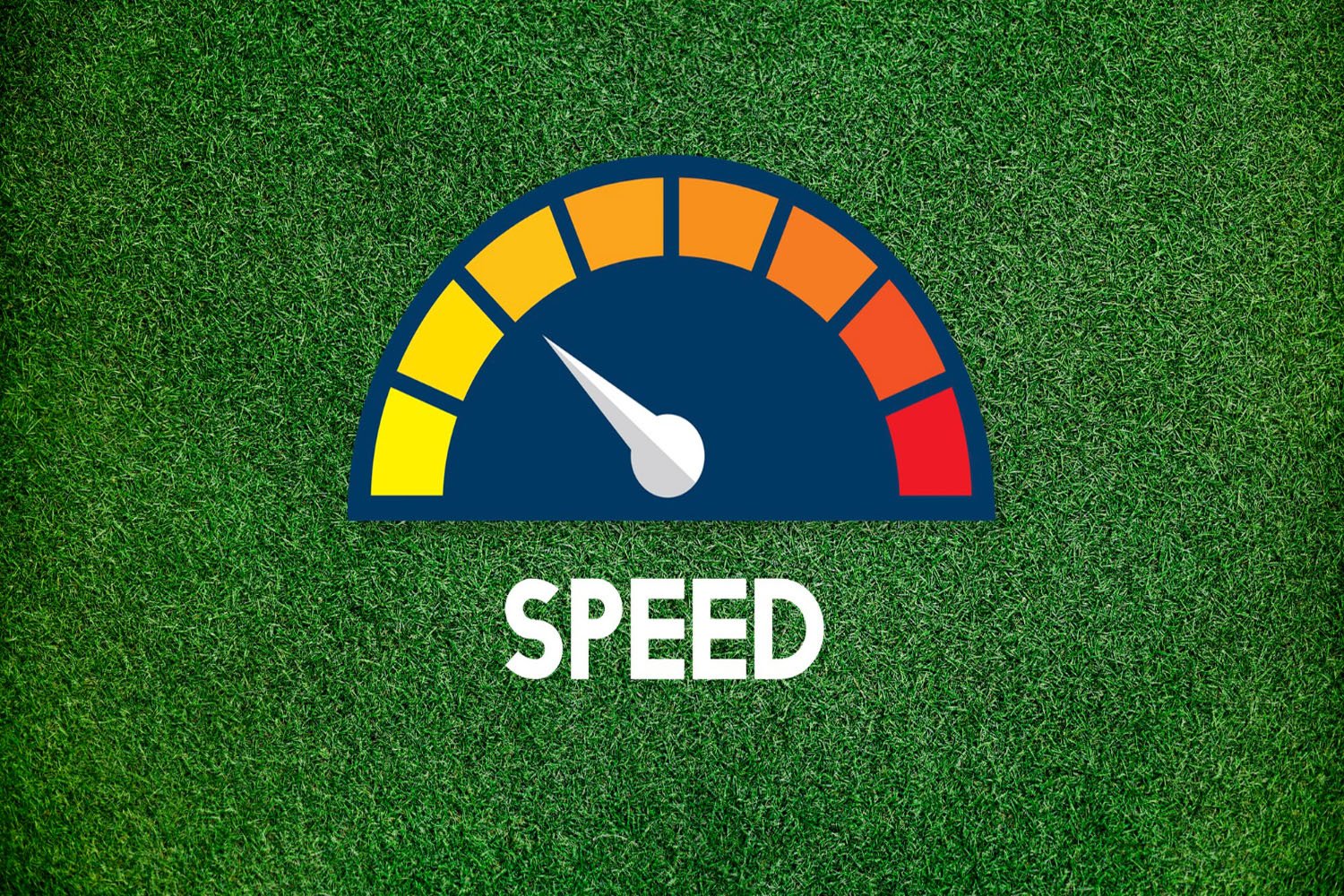
Does Page Speed Insights Diagnose the Entire Website?
Introduction: The Speed of Your Website Matters
In today’s fast-paced digital world, the speed of your website is more crucial than ever. Imagine a visitor comes to your site only to find themselves staring at a loading screen. Frustration mounts, and within seconds, they’re off to a competitor’s site. This is why website speed is not just a technical concern; it’s a critical factor in user experience, SEO rankings, and overall digital success.
Enter Page Speed Insights. This tool, developed by Google, serves as a diagnostic scalpel in the vast and complex world of web performance. It’s like a health check-up for your website, offering valuable insights into how fast your content loads for users and providing actionable recommendations for improvement.
Understanding Page Speed Insights: A Vital Diagnostic Tool
What is Page Speed Insights?
Page Speed Insights (PSI) is more than just a tool; it’s a window into the user experience of your website. It provides both lab and field data about a page, presenting an analysis of performance and offering suggestions on how that performance can be improved.
How Does Page Speed Insights Work?
When you input a URL, PSI springs into action. It uses Lighthouse, an open-source, automated tool for improving web pages’ quality. Lighthouse runs several audits against the page, simulating various conditions like mobile and desktop devices. It then compiles a report, scoring your page on various metrics such as First Contentful Paint (FCP), Speed Index, and Time to Interactive.
The Scope of Page Speed Insights: Whole Site or Just Pages?
Here’s where a common question arises: Does Page Speed Insights diagnose your entire website? The short answer is no. PSI focuses on individual pages rather than the entire website. Each page of a site can have different content, structure, and performance issues, so PSI treats each as its own entity. This means you need to consider running the tool on a range of important pages across your site to get a comprehensive view of your site’s performance.
Key Factors Influencing Website Speed
When we talk about website speed, it’s like discussing the health of a human body; numerous factors contribute to its overall well-being. Just as a doctor looks at various health indicators, web developers and site owners need to consider a range of elements that can significantly impact the performance of a website.
One crucial factor is server performance. Think of it as the heart of your website. If your server is slow, so is the delivery of your content. Next, there’s the weight of your web pages – the heavier they are with large images and videos, the longer they will take to load. This is akin to carrying a heavy backpack; it slows you down.
Another aspect is the coding of your website. Poorly optimized code can be like clogged arteries in our body, slowing down the flow of data. Also, the number of requests your website makes matters. Each element on your page, from images to scripts, requires a separate request to the server. More requests mean more waiting time for your visitors.
Page Speed Insights steps in as a diagnostic tool here, identifying issues like render-blocking resources, slow server response times, and large file sizes. By pointing out these issues, it helps in streamlining the performance of each page, ensuring that your website runs smoothly and efficiently.

Analyzing Whole Website vs. Individual Pages
Delving into website speed analysis, it’s important to distinguish between examining a whole website versus individual pages. Think of it as the difference between a general health check-up and a specialized examination. While the former gives an overall view, the latter focuses on specific areas.
Analyzing a whole website for speed means looking at the site’s architecture, overall server response times, and consistent issues across multiple pages. It’s like checking the health of your entire body, looking for systemic issues that affect your overall well-being.
On the other hand, diagnosing individual pages, as Page Speed Insights does, is like visiting a specialist for a particular problem. This approach targets specific issues on each page, which could range from images that are too large to scripts that delay loading. While this method might not give an overview of the site’s total health, it is crucial for optimizing individual aspects of your website’s performance.
Complementary Tools for Comprehensive Analysis
To achieve a thorough understanding of your website’s performance, it’s beneficial to use a combination of tools alongside Page Speed Insights. Each tool is like a different medical test; together, they give a complete picture of your website’s health.
There are several tools at your disposal. For instance, Google Analytics provides insights into user behavior and load times across your site. It’s like an ongoing health monitor, tracking the performance over time. Then there’s GTmetrix, which offers detailed reports on how well your site loads and provides actionable recommendations. This can be likened to a detailed blood test, revealing a wealth of information about your site’s performance.
Using these tools in conjunction with Page Speed Insights allows you to not only identify and fix specific issues on individual pages but also to gain a broader perspective on your website’s overall speed and health. It’s a comprehensive approach, ensuring that your site is not just fast on a single page, but swift and efficient across the board.
Case Studies: Page Speed Insights in Action
Imagine Page Speed Insights as a seasoned detective, uncovering the hidden clues that slow down websites. This tool has been instrumental in numerous real-world scenarios, helping website owners enhance their online presence.
One notable example involves a popular e-commerce site struggling with slow loading times. By applying Page Speed Insights, they discovered that unoptimized images and excessive JavaScript were the culprits. After compressing images and minimizing JavaScript, the site’s load time decreased dramatically, leading to improved customer satisfaction and increased sales.
Another case study features a small business website experiencing high bounce rates. Analysis through Page Speed Insights revealed that a lack of browser caching and extensive use of render-blocking resources were slowing the site down. Implementing browser caching and optimizing CSS delivery turned the tide, reducing bounce rates and boosting user engagement.
These real-world applications of Page Speed Insights teach us valuable lessons: the importance of regular website health checks, the impact of optimization on user experience, and the direct correlation between site speed and business success.
Optimizing Your Website Based on Page Speed Insights
Utilizing Page Speed Insights for website optimization is akin to following a treasure map to unearth hidden gems of performance improvements. One of the most common issues it identifies is large contentful paint (LCP) issues, often due to large media files. Addressing this by compressing images and videos can significantly improve load times.
Another frequent recommendation is to eliminate render-blocking resources. This involves deferring non-critical JavaScript and CSS, allowing the browser to render the page more quickly. It’s like clearing a path for your website visitors, ensuring they can navigate your site with ease and speed.
Additionally, optimizing server response times by choosing a high-performance hosting solution can make a noticeable difference. It’s like putting your website on a high-speed train instead of a slow-moving bus.
Advanced Techniques for Website Speed Optimization
Moving beyond the basics, there are advanced techniques that can elevate your website’s speed optimization to new heights. These methods often require a deeper technical understanding but can yield significant improvements in performance.
One such technique is implementing a Content Delivery Network (CDN). This is like having multiple mini-servers around the world, ensuring that your website’s content is closer to your visitors, reducing load times significantly.
Another advanced strategy is to utilize lazy loading for images and videos. This means that these elements are only loaded when they’re about to come into the user’s view, rather than all at once. It’s like turning the lights on in a room only when you enter it, saving energy and resources.
There’s also the optimization of web fonts. By choosing modern formats and loading only the necessary styles and character sets, you can shave off precious milliseconds from your loading time. It’s the digital equivalent of carrying only what you need in your backpack, making your journey swifter.
Delving into these advanced techniques, you’ll find that optimizing website speed is a continuous journey, one that evolves with technology and user expectations. By staying informed and proactive, you can ensure that your website not only meets but exceeds the standards of today’s fast-paced digital landscape.

The Future of Website Speed Analysis
As we look towards the horizon of website speed analysis, we’re entering an era where the integration of advanced technologies and evolving web standards are set to redefine the benchmarks of web performance. One of the most exciting trends is the growing use of artificial intelligence and machine learning. These technologies are not just revolutionizing the way websites are built and maintained but are also offering predictive insights into how websites can be optimized for speed.
Another trend is the increasing importance of mobile-first design. With the majority of internet users accessing the web via mobile devices, the focus on optimizing for mobile speed is more crucial than ever. This means tools like Page Speed Insights will likely evolve to place even greater emphasis on mobile user experiences.
We’re also seeing a shift towards more holistic performance analysis. Future tools might offer a more comprehensive view, analyzing not just the technical aspects of a site but also how real-world users interact with it. This could include aspects like user-perceived load time and interactive metrics, providing a more rounded view of website performance.
Conclusion: Embracing the Journey of Website Speed Optimization
In conclusion, tools like Page Speed Insights are vital in our quest for a faster, more efficient web. They serve as guides, illuminating the path towards enhanced user experiences and optimized website performance. The key takeaways from our exploration of Page Speed Insights are its ability to pinpoint specific performance issues, its focus on individual pages, and its role as part of a broader set of tools needed for comprehensive website analysis.
However, the journey doesn’t end with optimization. It’s an ongoing process of adaptation and improvement. As web technologies and user expectations evolve, so too must our approaches to website speed. We must remain vigilant, continuously monitoring and optimizing our websites to ensure they not only meet but exceed the demands of the modern digital landscape.
In embracing this journey, we acknowledge that website speed is not just a technical metric to be achieved but a critical component of the user experience, deeply intertwined with the success of our digital endeavors. So, let’s keep our eyes on the evolving horizon of web performance and stride confidently into the future, armed with the tools and knowledge to make our websites faster, more efficient, and more user-friendly.

As a seasoned professional with a unique blend of skills in Computer Design and Digital Marketing, I bring a comprehensive perspective to the digital landscape. Holding degrees in both Computer Science and Marketing, I excel in creating visually appealing and user-friendly designs while strategically promoting them in the digital world.

